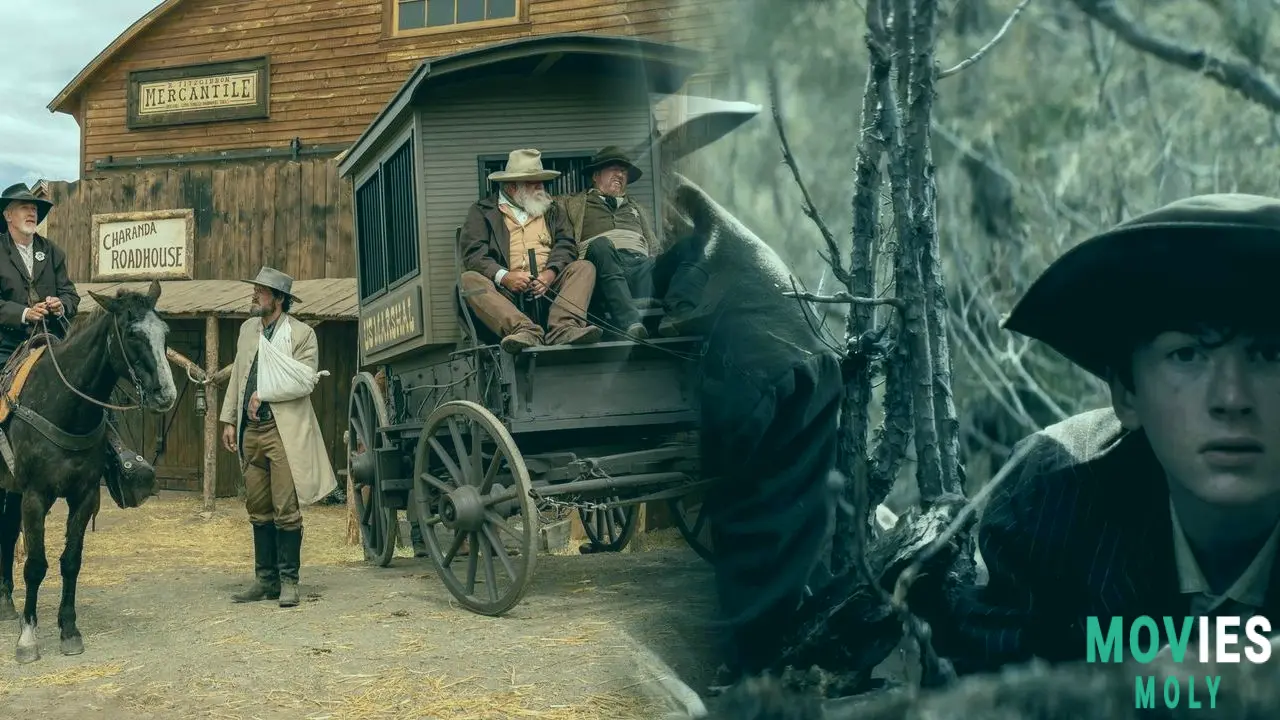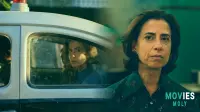After more than three years of legal battles, heartbreak, and global scrutiny, Rust — the Western indie that became synonymous with on-set catastrophe — has finally hit theaters. Not just a film release, this is a cultural exorcism of sorts. A project that lost its soul the day cinematographer Halyna Hutchins was fatally shot by a prop gun in the hands of Alec Baldwin. Now, with production complete and Hutchins’ widower Matthew serving as executive producer, Rust steps into the light — and, somehow, it speaks.
More than a screen tragedy: How 'Rust' transforms loss into legacyThis isn’t a review that can or should ignore what happened on October 21, 2021. But unlike the morbid shadows that cling to The Crow or Twilight Zone: The Movie, Rust doesn't merely exist because of a tragedy — it’s been shaped by it. And, in a bittersweet twist, that shaping has given the film a deeper resonance than its original script ever could.
Halyna Hutchins’ cinematography is nothing short of poetic. Her use of natural light, smoke, and silhouette conjures the ghosts of John Ford and Sam Peckinpah, while crafting a visual language all her own. Every frame is drenched in dusk and desire, bearing the weight of a storyteller who knew how to make the West both beautiful and brutal. Her work turns Rust into a visual elegy — one that mourns her presence even as it celebrates it.
Alec Baldwin’s performance: Miscast or misunderstood in a Western crucible?
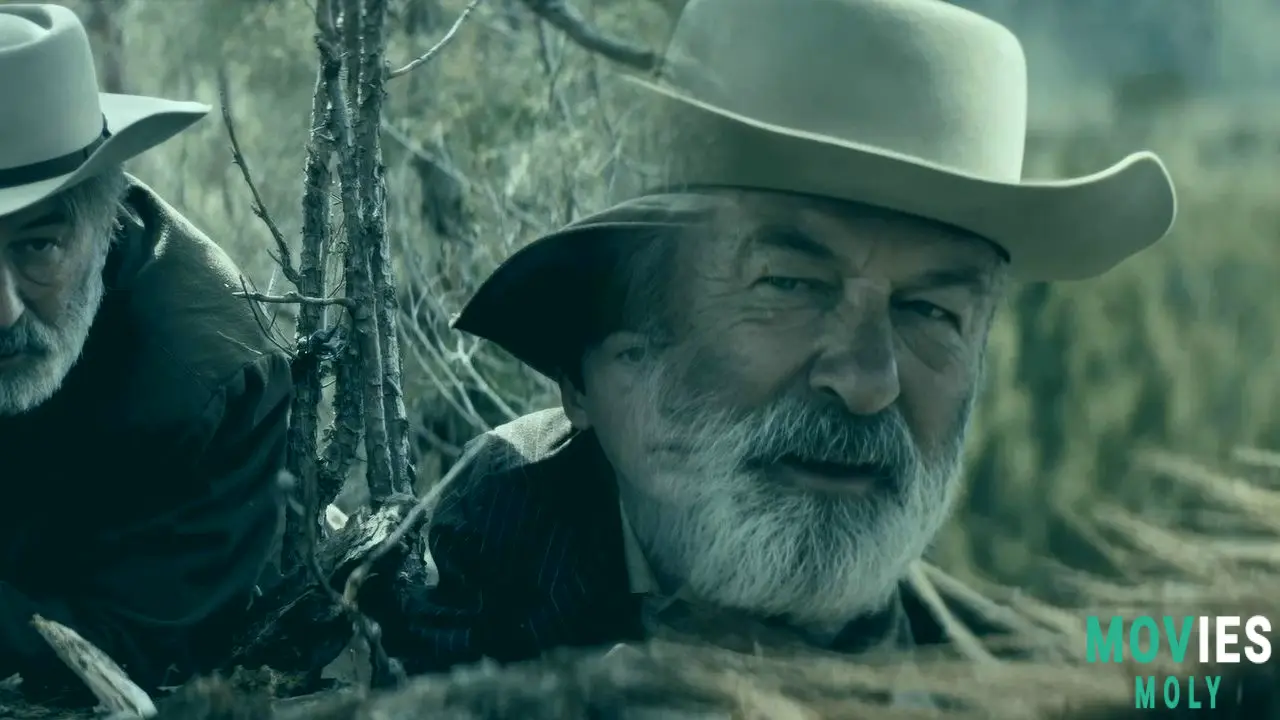
As Harlan Rust, Baldwin walks the line between grizzled outlaw and reluctant grandfather. Critics have pointed out the disconnect — his voice too light, his delivery sometimes forced into the mold of a tired cowboy archetype. And yet, there’s an undeniable effort in Baldwin’s performance to anchor the film in something real. Whether or not he was the right man for the role, he gave us Rust: a man with a past, a beard, and a heart buried under years of smoke and gunpowder.
It's tempting to let off-screen events color our perception of Baldwin’s on-screen presence. But even separated from the chaos that surrounded the film, his portrayal remains uneven — not because he lacks talent, but because the script often asks him to be both a myth and a monologue machine. He was never going to be a Clint Eastwood, and Rust wasn’t written with the nuance to make him one.
The boy, the escape, and the slow-burning bond that carries the film
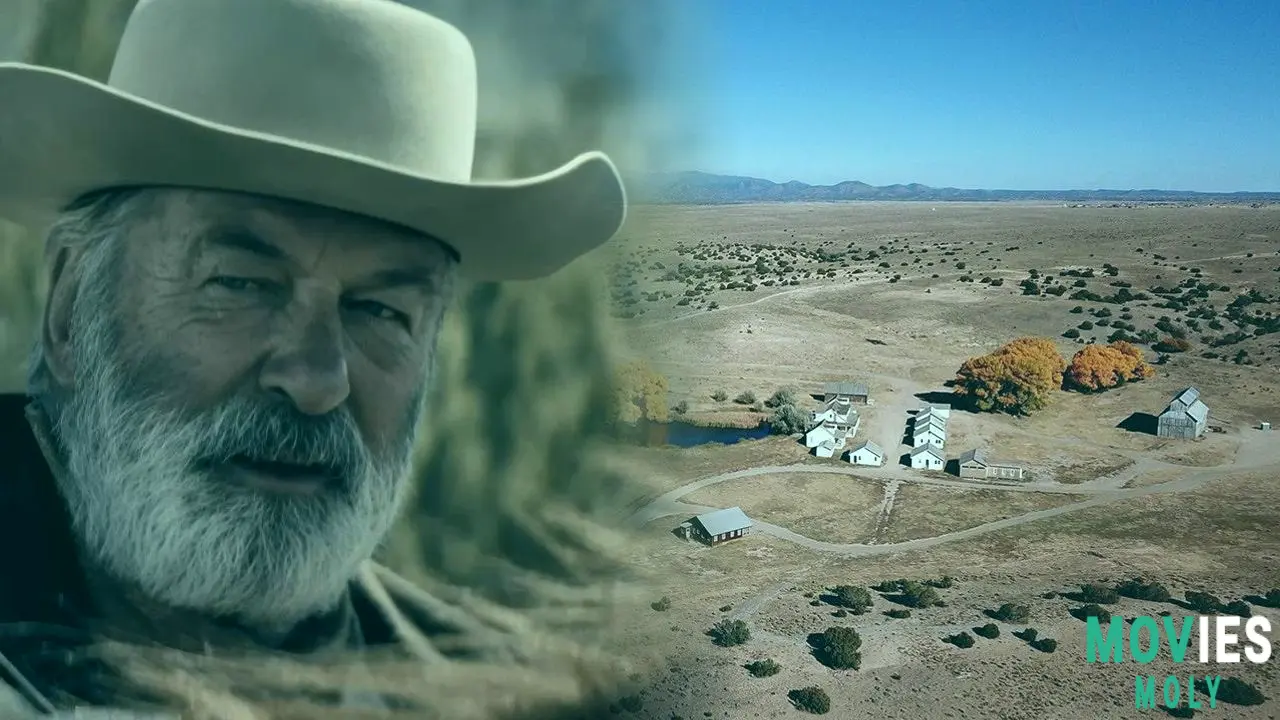
Patrick Scott McDermott’s Lucas Hollister is the emotional anchor of Rust. A twelve-year-old farmer-turned-fugitive, whose steely gaze and stoic delivery hint at a future star. There are moments in this film where he pulls you in — when he looks at Rust not with fear, but with tired understanding. The chemistry between them flickers like campfire light, and though the script never fully explores Lucas’s inner turmoil, McDermott gives the role a punching-heart sincerity.
The plot — a rescue from a hanging, a chase toward Mexico, a posse in hot pursuit — is classic Western scaffolding. But Rust isn’t interested in reinventing the genre. It wants to ride along with it, lassoing themes of redemption, fatherhood, and blurred morality. The relationship between Rust and Lucas is the film’s beating heart, even if it sometimes beats in cliché.
The interwoven stories that crave more soul — and give us more texture
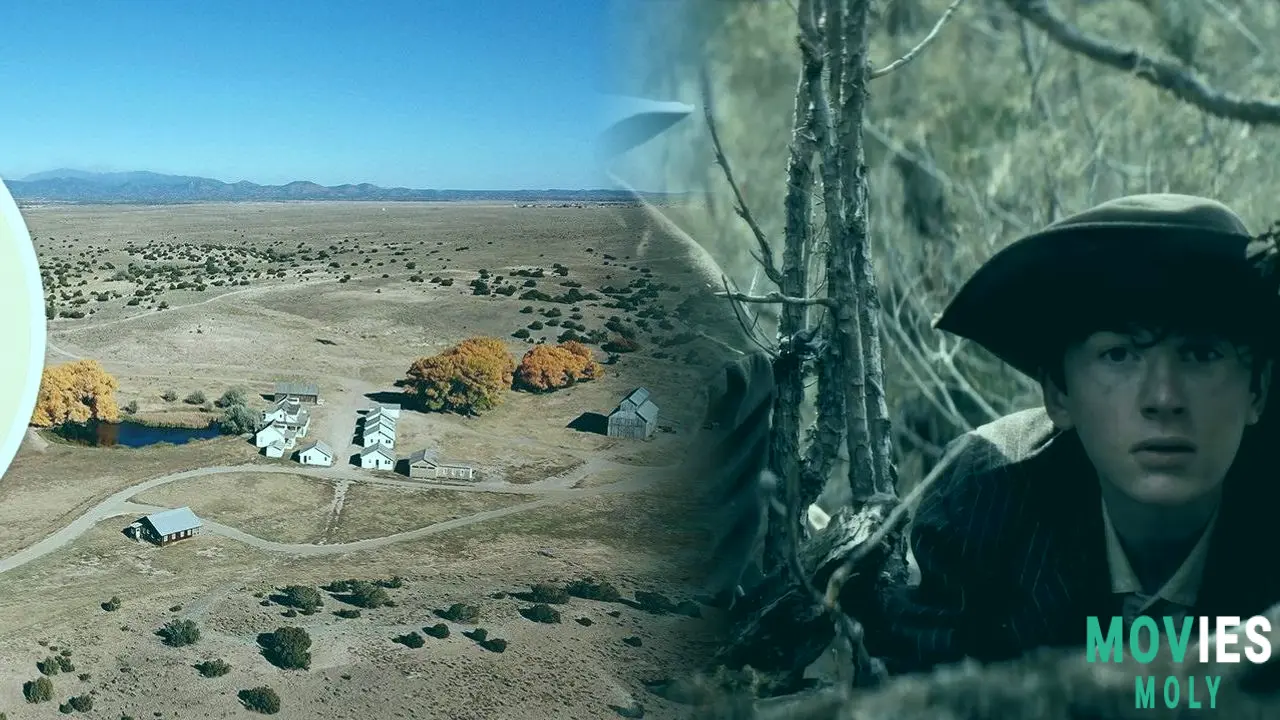
Josh Hopkins as Sheriff Wood Helm brings a quiet gravitas that makes you wonder what Rust could have been if he’d been the lead. His existential crisis, fueled by lost faith and mounting desperation, adds a tragic layer to the manhunt. Abraham Benrubi as the saloonkeeper provides weary wisdom from the sidelines. And then there’s Travis Fimmel’s Preacher — a Biblical-baiting bounty hunter who channels The Night of the Hunter more than he invents his own persona. Fimmel adds menace and flair, even when the script hands him one-note villainy.
These secondary threads never fully intertwine with the main narrative, but they add texture — like embroidery on a worn leather vest. They give the world of Rust a sense of life beyond the saddle, even if that life is sometimes underdeveloped.
Will viewers see the film or only the fallout? ‘Rust’ delivers — but rarely soars
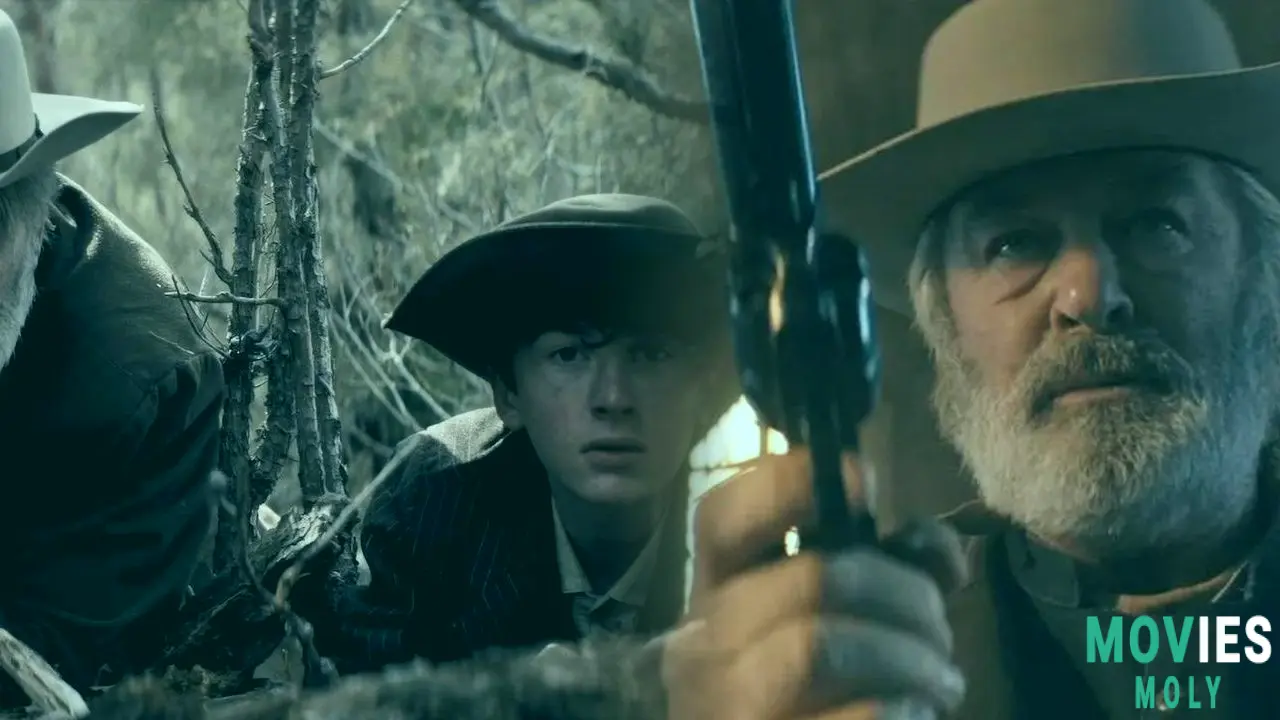
It’s impossible to separate Rust from the tragedy that stained its production. And director Joel Souza admits as much, confessing to The Guardian that he regrets certain plotlines now that they echo real life. But when watched on its own (or as close to “alone” as we can get with this film), Rust is a moody, uneven, but earnest indie Western. It borrows from the legends — Tombstone, Unforgiven, McCabe and Mrs. Miller — and sometimes wears those influences too visibly. Yet it never feels joyless. It wants to matter. And in some moments, it does.
Whether Rust becomes a cult classic, a cautionary tale, or simply a footnote in film history depends on the audience. But the one thing it can't be is ignored. It’s a film about survival, about regret, about the desperate hope to ride one more mile into the sunset with meaning. And now, after everything, it finally has a chance to be seen — not as a crime scene, but as a movie.

